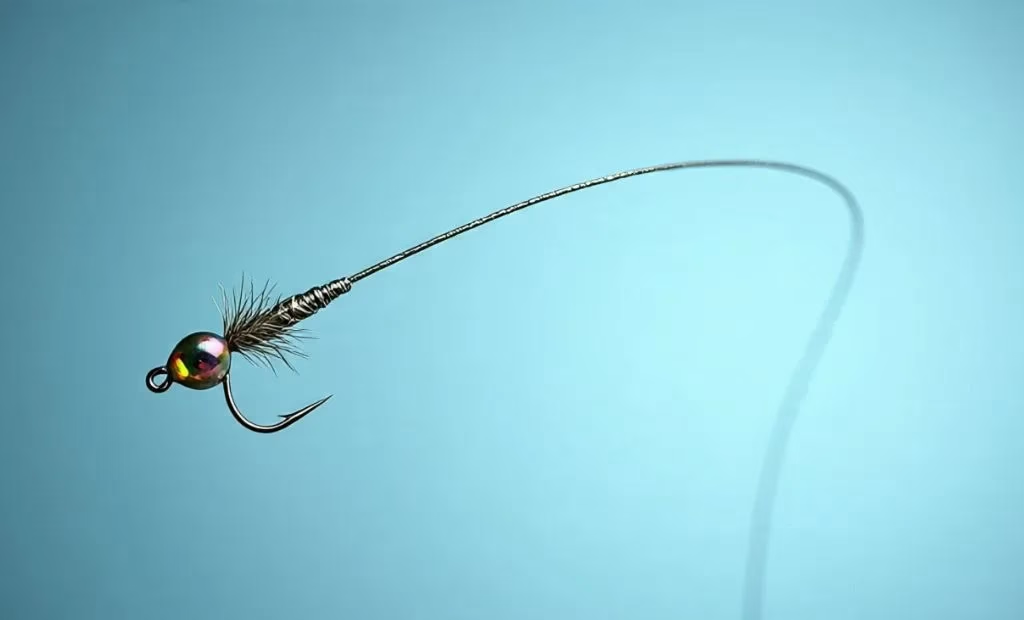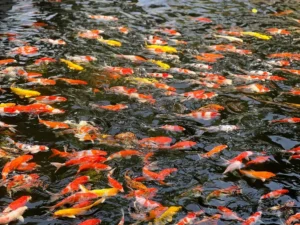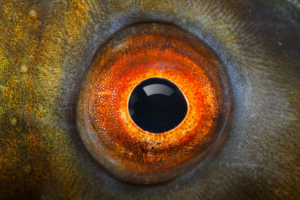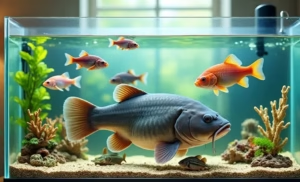What is a Tippet and Why is it Important?
Tippet is the last part of your fly fishing leader that goes straight to the fly. This thin, clear line is as invisible as possible while still being strong and flexible, which helps the drift look natural. Both fluorocarbon and nylon are made of a single strand of material, which is what makes them monofilament .Nylon was the standard for a long time, and it was often called “monofilament.” Fluorocarbon changed the game when it came out because it had different properties.
The Evolution of Tippet Technology
There have been a lot of new ideas in fly fishing, but tippet technology has had the biggest effect. There weren’t many options a few decades ago. Now, tackle shops have a wide range of spools, each with its own diameter, stiffness, and breaking strength .This progress gives fishermen more control over how they present their bait and how strong it is than ever before. But these improvements also make things confusing for a lot of fishermen.
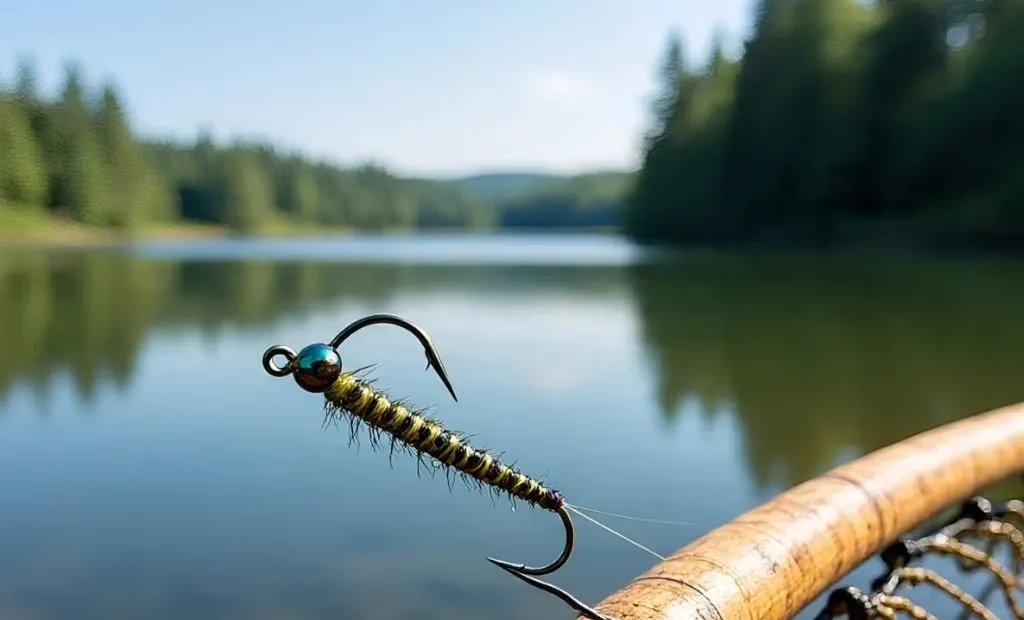
Nylon vs. Fluorocarbon: Which Tippet Should You Choose?
Fluorocarbon Works Best for Nymphing and Streamers Fluorocarbon is heavier than nylon, so it sinks faster. This makes it great for fishing techniques that happen below the surface, like nymphing and streamer fishing. It is also more resistant to wear and tear, which makes it perfect for rocky riverbeds where your line is always scraping against things. Its stiffness is another good thing about it because it keeps multi-fly rigs from getting tangled. Fluorocarbon is easier to untangle than nylon when it gets tangled, which saves you time on the water.
Why Nylon is Still King for Dry Flies
Nylon is still the best material for fishing with dry flies.It’s softer and more flexible than fluorocarbon, which lets you do delicate work. This flexibility lets the tippet make s-curves on the water, which makes it easier for it to drift naturally. Nylon also floats better, which keeps your dry fly from sinking too quickly.In short, fluorocarbon is best for nymphs and streamers, and nylon is best for dry flies.
What Size Tippet Should You Use?
The size of your tippet is very important for both strength and presentation. As a rule of thumb, you should use the thickest you can without making the fly move in a way that is not natural. For instance, if you tie a small size #18 Blue Winged Olive to a 3X tippet, it won’t be able to move as much as it would on a 6X tippet.5X or 6X tippet works well for small dry flies. 4X or 5X fluorocarbon is a good place to start for nymphs and wet flies.
How Long Should the Tippet Be?
The length of your affects how naturally your fly moves. usually 4 to 5 feet, help make soft presentations with extra slack when using dry flies. This stops drag and lets your fly drift naturally. When nymphing, the tippet should be long enough to cut down on drag but not so long that it’s hard to control. I usually leave it long enough so that only one size of tippet is in the water. This stops uneven drag that happens when there are different sizes of leaders.
Common Mistakes Anglers Make with Tippet
When choosing or using a lot of anglers make mistakes without even realizing it. One mistake that happens a lot is using that is too thin for big, dry flies that don’t float well or heavy streamers. This can cause the line to twist and break. Another common mistake is not paying attention to the length of the tippet. Short tippets can make the drift look unnatural, and long tippets can make it less accurate. Lastly, fishermen sometimes forget to replace broken tippets after catching a lot of fish or getting scratched by rocks, which could cause them to break at the worst possible time.
How to Store and Maintain
If you take care of and store your tippet properly, it will last longer and work better. Over time, nylon can become weaker when it is exposed to sunlight and heat. Keep your spools in a cool, dark place. Fluorocarbon is less likely to be damaged by UV light, but it still needs to be stored correctly. Avoid getting your tippet dirty or exposing it to chemicals for long periods of time. Check for nicks or rough spots after fishing, and replace any broken parts right away to keep from losing fish.
Practical Tips for Choosing the Right
It’s not just about the size and material of the tippet; it’s also about how it works with your conditions and techniques. For instance, big dry flies or heavily dressed patterns can twist thin , so it’s better to use tippets that are a little bit thicker. To avoid line twist and handle aggressive strikes, streamers and big night flies need strong , usually 10-pound test or more .Some fishermen say that fluorocarbon’s invisibility gives them an edge, but from what I’ve seen, trout aren’t always that picky. Visibility is not usually a problem in rough or broken water.
Key Principles for Tippet Selection
It’s true that every angler has their own preferences, but there are some general rules that everyone should follow when choosing . First, think about the material. Nylon is usually the best choice for dry flies because it floats well and looks more natural on the surface of the water. Fluorocarbon, on the other hand, is great for nymphs and streamers because it sinks quickly and is harder to see underwater.
Final Thoughts
Choosing the right can mean the difference between having fun and getting angry while fly fishing. Every choice you make about the materials you use, the size and length of your line, and the way you present your bait affects your presentation, drift, and ability to catch fish. Try out different setups and change them based on the weather and the kind of fish you’re after.

